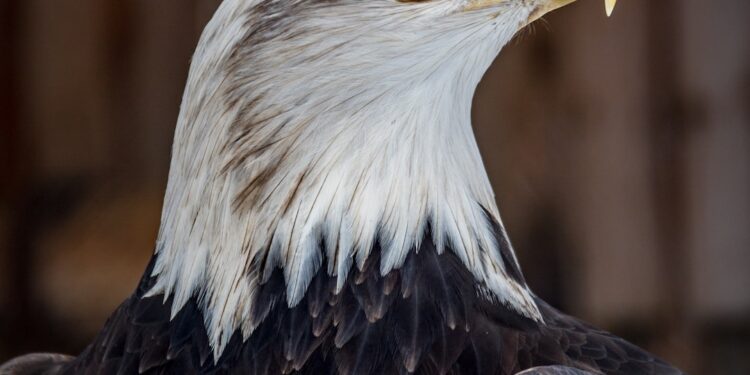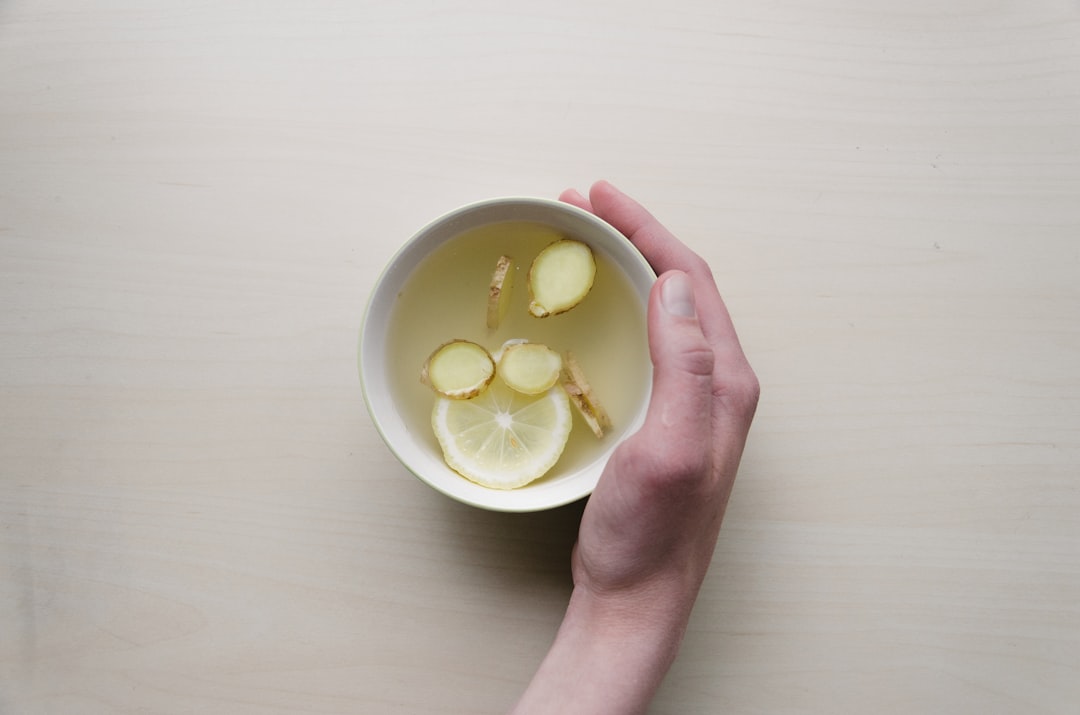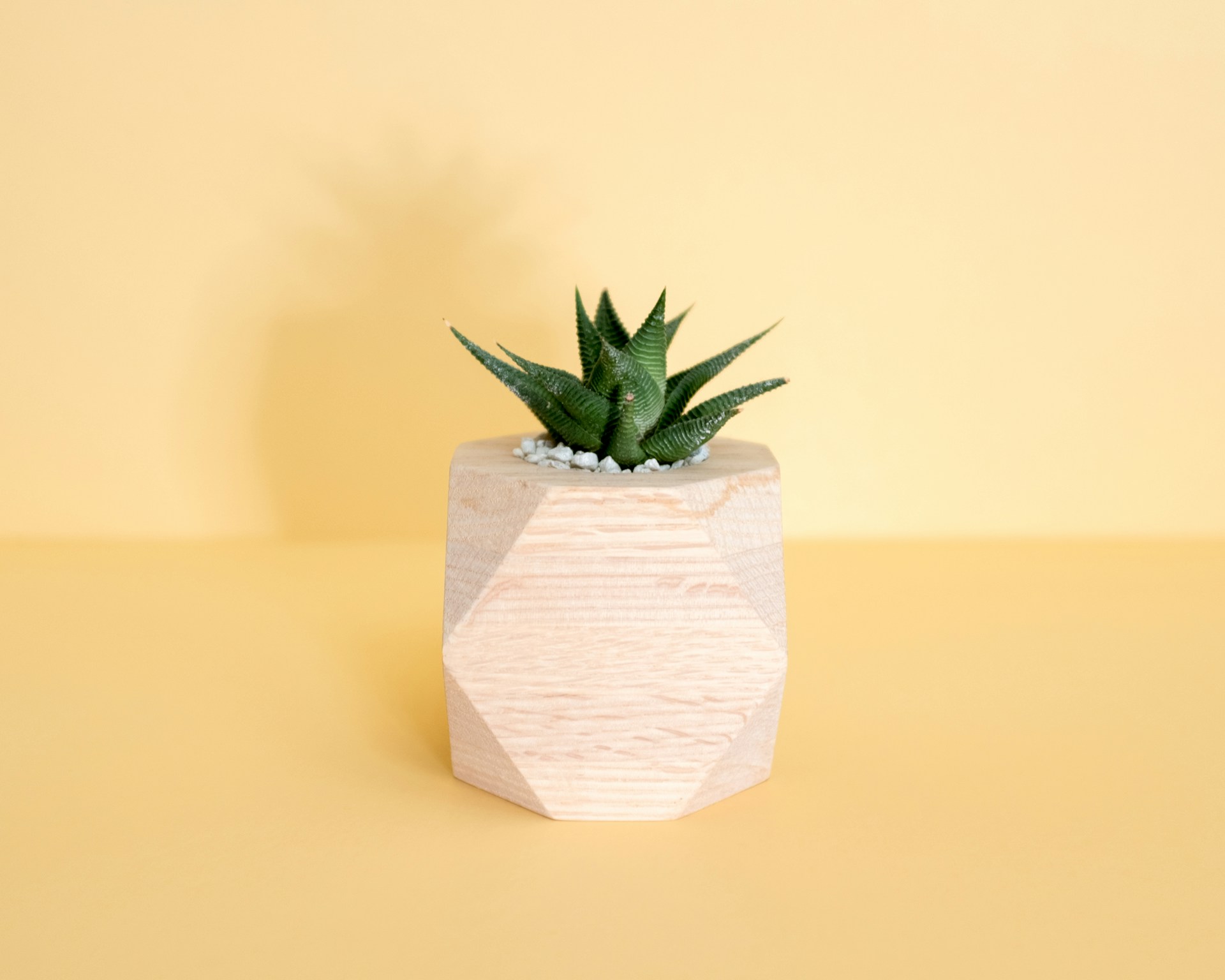Creating a habitat for wildlife in your backyard is important for both the animals and the environment. It helps to support biodiversity and can improve your garden’s overall health. Here are some tips on how to provide a habitat for your backyard wildlife.
1. Provide a Water Source
One of the most important things you can do to attract wildlife to your backyard is to provide a source of fresh water. This can be done with a birdbath, a pond, or even just a shallow dish filled with water. Make sure the water is changed regularly to prevent stagnant water which can attract mosquitoes.
2. Offer Shelter
Animals need shelter to feel safe and protected from predators. You can provide shelter by planting native trees, bushes, and flowers. Leaf piles and brush piles also make great hiding places for wildlife. If you have a birdhouse, make sure it is installed in a location that is safe from predators and has enough ventilation.
3. Plant Native Plants
Native plants are best for attracting wildlife since they provide food and shelter for native species. Research the types of plants that grow in your area and try to incorporate them into your garden. Native plants can attract both insects and birds, which can help to control garden pests naturally.
4. Create a Bat Habitat
Bats are incredibly useful for controlling pests, as they eat mosquitoes, moths, and other insects. You can build a bat house in your backyard to attract these beneficial creatures. Bat houses should be placed in a sunny location, at least 12 feet high, and away from trees and other structures where predators can hide.
5. Provide Food
Food is essential for attracting wildlife to your backyard. You can provide food by planting fruit-bearing trees and shrubs. Birds love seeds, so installing a bird feeder or leaving seed on the ground can also attract birds. Avoid using pesticides in your garden, as they can be harmful to both beneficial insects and birds.
6. Create a Pollinator Garden
Pollinators are essential for plant reproduction and can help to increase your garden’s yield. You can create a pollinator garden by planting flowers that attract bees, butterflies, and other pollinators. Some great plants for pollinators include milkweed, lavender, and sunflowers.
7. Avoid Chemicals
Chemicals such as pesticides, herbicides, and fertilizers can be harmful to wildlife. If possible, avoid using chemicals in your garden. If you must use chemicals, choose organic products that are safe for both wildlife and the environment.
Creating a habitat for wildlife in your backyard can be a fun and rewarding project. By following these tips, you can attract a variety of wildlife to your garden and help to support biodiversity. Remember to provide water, shelter, food, and avoid using harmful chemicals. With a little effort, you can create an oasis for the wildlife in your backyard.















